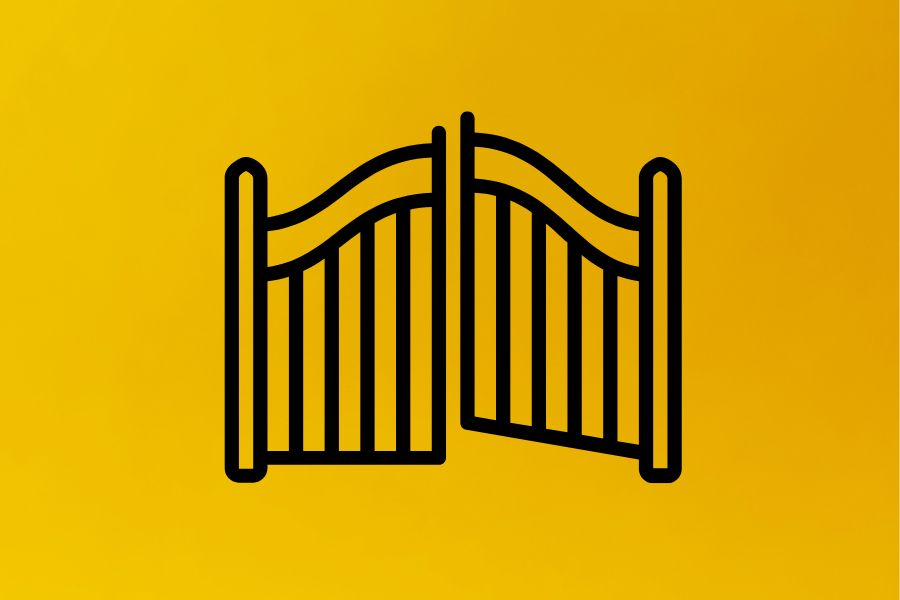Automated gate safety isn’t just a preference—it’s an absolute necessity. Whether you’re an installer or a homeowner, understanding and adhering to safety requirements is paramount to protecting any person using the gate. This blog, delves into the essential automatic gate safety requirements providing guidance on the steps to be taken to ensure compliance.
Automatic Gate Safety Requirements:
Anyone involved in installing a powered gate (whether it is a swing or sliding gate, a rising arm barrier, a bi-folding or telescopic sliding gate) must ensure it complies with the Supply of Machinery (Safety) Regulations 2008.
The ‘owner’ of the gate is duty bound to ensure that the gate is safe and without risks to others.
If you’ve been working on the gate, e.g. installing, repairing, and / or maintaining the gate, then you have a responsibility to take the necessary steps to leave it in a safe state.
Safety by design
We advocate incorporating safety considerations into any gate installation at the design stage, rather than focusing on retrofitting safety features to mitigate inherent design faults.
Examples:
- Three hinges rather than two on a swing gate
- For sliding gates – adding end stops to ensure the gate doesn’t overtravel and fall
- Designing out gaps, which can represent a serious dragging, shearing or drawing in risk
Risk assessment
There are a number of current standards which are relevant to powered gates. Adherence to these standards alone may not ensure that all of the mandatory Essential Health and Safety Requirements (EHSRs) of the Supply of Machinery (Safety) Regulations 2008 are met. A comprehensive risk assessment is necessary to identify and address any potential safety gaps.
How can gate maintenance help with safety?
Just because a gate was deemed safe upon installation doesn’t guarantee its ongoing safety. Factors like wear and tear and weather conditions can compromise gate integrity over time. Regular maintenance provides an opportunity for installers to review safety devices, similar to getting a car MOT’d to ensure its roadworthiness.
Competence and training
A gate should be installed and maintained by a competent and trained installer who understands the risks associated with an automated gate installation and how to mitigate these effectively. Investing in proper training ensures that installers are equipped with the knowledge and skills necessary to prioritise safety throughout the installation / maintenance visit.
In conclusion, prioritising safety from the design stage, conducting thorough and regular risk assessments, and implementing routine maintenance procedures are integral to ensuring the safety and compliance of all gate installations.

